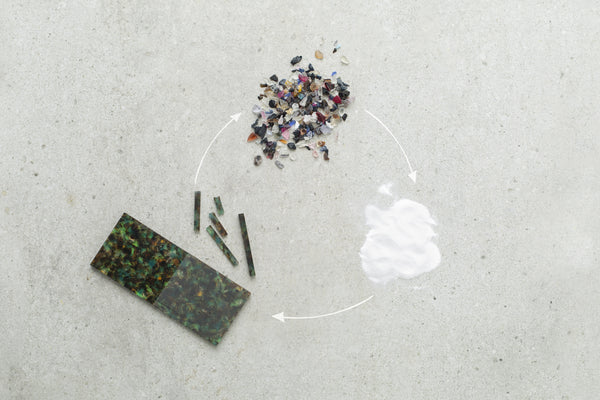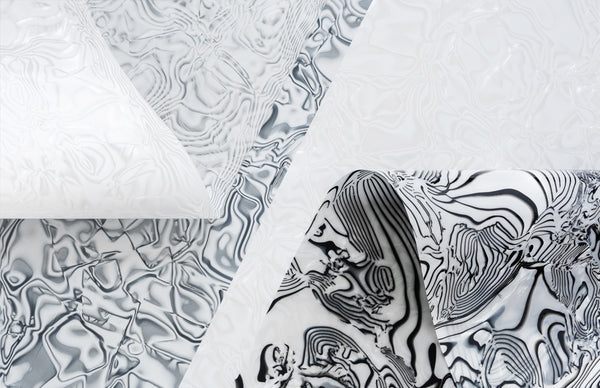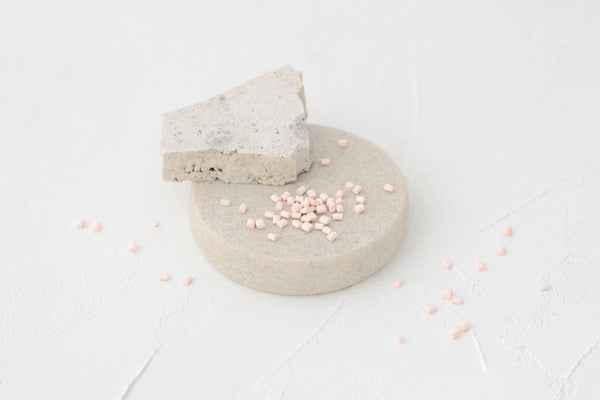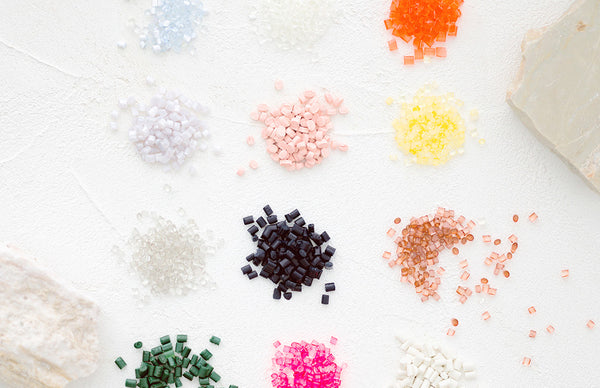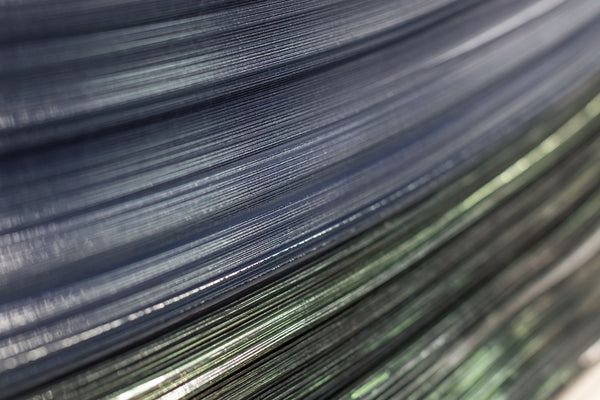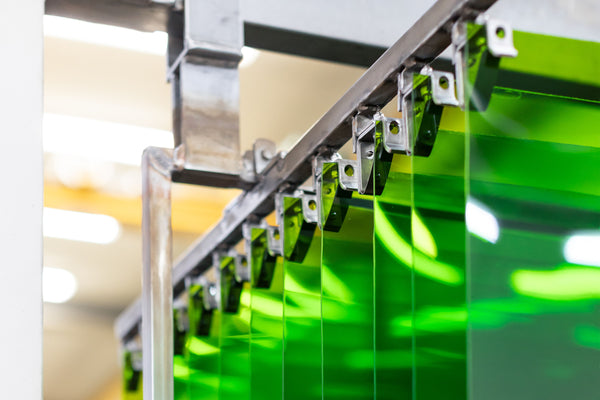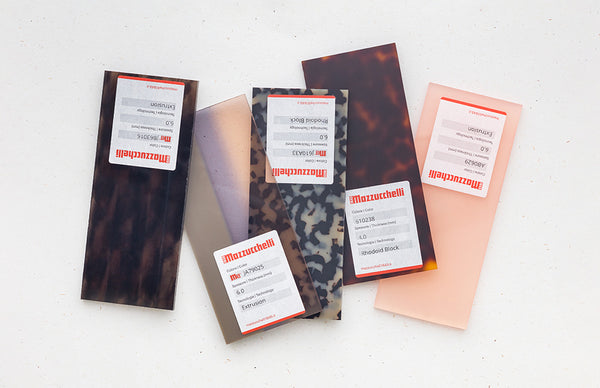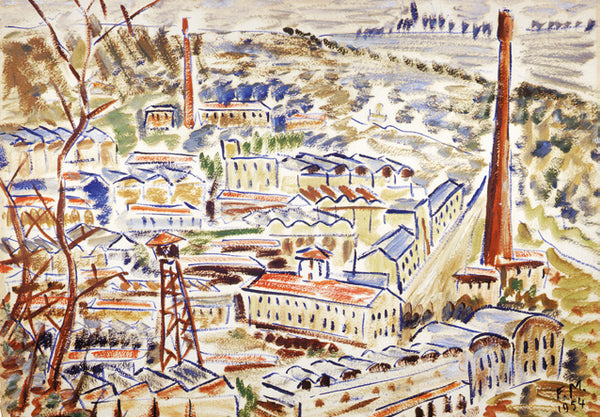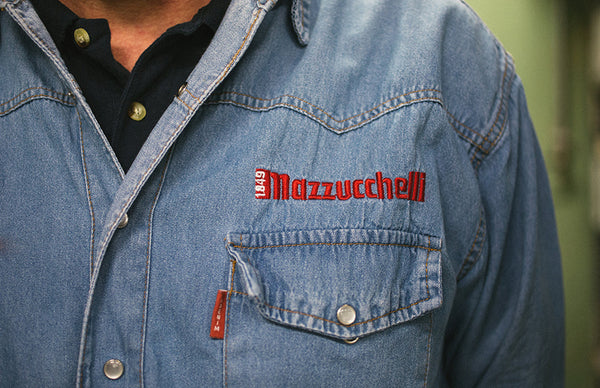Mazzucchelli 1849 – Challenging Bioplastic


M49 for a sustainable creativity.
-
What is Cellulose Acetate?+Cellulose is a natural polymer which represents the backbone of the whole plant kingdom.
By reacting cellulose with acetic anhydride Cellulose Acetate is obtained. Plasticizers are then added to Cellulose Acetate to improve its physical characteristics and workability, to become one of the most important raw materials for the production of glasses. -
What makes M49 different?+Mazzucchelli 1849 has anticipated the evolution of the market by developing in its laboratories a formula that combines the physical mechanical characteristics of the classical formulation with a characteristic of strong eco-sustainability: M49
Traditional plasticizer has been replaced by a plasticizing solution of vegetable origin, thus making M49 a bioplastic with a remarkable bio-based content.
When you think about plastic, in this period, you immediately think of something negative, both for the starting materials and for the problem of disposal. But what if we told you that M49 is not plastic as this term is generally understood? As a matter of fact, M49 is composed of cellulose acetate and a plasticizer of vegetable origin. The resulting formula is mostly composed of materials from renewable sources.

Calling a material Bioplastic already sounds like turning something bad into something sustainable, which is true for a lot of products. It makes sure that it reaches certain standards, like being based on natural resources or being biodegradable. The problem is: material which is based on fossile raw material but able to be biodegraded also fits into this definition – which is not enough for our standards. As a matter of fact M49 is both bio-based and biodegradable.
What is Bioplastic? What does Bio-based mean? What does Biodegradable mean? What does compostable mean?
Sustainable even
in what you
cannot touch.
Did you ever think of plastic as an agricultural good?
We did – and it turns out to be very important to do so. Creating a material that follows an ecological cycle in its lifetime is more valuable than just putting a bioplastic label on it – at least that´s what we think.
Believe in us
– trust in science
-
Biobased Carbon Content according to ASTM D6866+
Bio-based means the natural and renewable origin of material.
Download Certificate
M49 has been evaluated through this analysis and the attributable to natural origin reaches 68%. (There may be slight deviations due to formulation or process). -
Biodegradability according to UNI-EN-ISO 14855-2: 2018 standard+
The degree of biodegradation of M49 exceeds 90% already after 115 days of incubation and is therefore biodegradable (according to the UN-EN-ISO 14855-2: 2018 standard).
Download Certificate -
Biocompatibility according to Medical Devices Regulation (EU) 2017/745+
According to Regulation (EU) 2017/745 on medical devices, frames with ophthalmic lenses fall under the category of medical devices class I.
Download Certificate
Mazzucchelli, always attentive to comply with all the regulatory and safety requirements of its materials, has subjected its products to an assessment carried out in the supply conditions in order to be able to support any certification activity of its customers.
Mazzucchelli therefore guarantees that its products, on the basis of the tradition of use, the extensive literature collected and the tests carried out, can be considered non-irritants and non-skin sensitising. Nevertheless, it cannot be ruled out that individual cases of irritation or skin sensitisation due to one or more constituents used may occur.
Natural plastic still doesn´t sound right to you? To be precise, M49 is nothing like it at all. Why call it plastic then? Because although Cellulose Acetate is a much more sustainable and noble material, it´s not yet in the peoples´ minds. Check the science part to get it into yours.

You design
a lifetime
We´ve talked a lot about wasting and biodegradability. The truth is: through its biodegradability M49 is designed for the long shot. The versatility of the material allows you to create amazing products – so why would anybody want to get rid of them?
Have a look at all our M49 products →
If you love sustainability, come and discover our new project BeCycle →
Take all this information with you
Download PDF ↓According to the definition of the European Bioplastic Association bioplastics are different families of materials with different properties and can be divided into three main groups:
- Bio-based or partially bio-based
- Biodegradable even if from fossil resources (not bio-based) but in the future may be partially bio-based
- Bio-based and biodegradable
M49 is bio-based and biodegradable: it should be noted that plastic materials from natural origins are not always biodegradable and that sometimes plastic materials from fossil sources are. The advantage of M49 is to meet both requirements.
Bio-based means the natural and renewable origin of material. Cellulose acetate, for example, is a polymer obtained from wood pulp.
The quantity of the product deriving from renewable sources is expressed in percentage value and gives the indication of how much part derives from renewable sources and how much from fossil sources.
The reference test is ASTM D6866: a standardized analytical method developed for the determination of renewable content in solid, liquid and gaseous samples, through 14C radiocarbon dating. The renewable content represents the percent modern carbon (pMC), or organic carbon, derived from biomass. This method makes biomass distinguishable from carbon derived from fossil fuels because it lacks the 14C isotope.
M49 has been evaluated through this analysis and the attributable to natural origin reaches 68%.
Biodegradability is a concept that often confuses, the most widespread idea is that, if a material is biodegradable, throwing it on the ground it will decompose over time, disappearing.
According to the International Organization for Standardization, the term biodegradable is used to define any material that can be broken down by the enzymatic activity of microorganisms, sunlight and other environmental physical agents, into simple chemical compounds such as water, carbon dioxide and methane. Biodegradation is influenced by the chemical nature of the material to be biodegraded and by the biodegradation environment. In order to define a plastic material as biodegradable, the degree of biodegradation must reach 90% in an incubation time of no more than 6 months.
The degree of biodegradation of M49 exceeds 90% already after 115 days of incubation and is therefore biodegradable (according to the UNI-EN-ISO 14855-2: 2018 standard).
It is defined compostable (which can be transformed into compost) any material which is not only biodegradable but also disintegrating through a controlled aerobic process and whose decomposition process takes less than 3 months.
Therefore a biodegradable material is not automatically also compostable, to be considered compostable it must meet both the biodegradation and disintegration requirements and the compost that is obtained must not have negative effects on the plants.
In general, the degree of compostability must be measured on finished articles, M49 certainly meets the prerequisites for compostability set by the ISO 17088: 2012 standard.
Minimum compostability criteria
- At least 90% biodegradation within 6 months.
- More than 90% of disintegration: the residual mass with dimensions greater than 2mm must be less than 10% of the initial mass.
- Quality of the compost obtained: Low content of heavy metals and no ecoatoxicological effect on plant growth.
- Absence of negative effects in the composting phase.
The production and use of bio-based material has a double advantage: on the one hand, the use of fossil, and therefore limited, fuels (oil) is reduced, on the other hand the emissions of greenhouse gases are reduced. It must be considered that the raw materials used in the M49 formulation are wood cellulose acetate and a vegetable-derived plasticizer.
These two components have given rise to the chlorophyll photosynthesis process in their lifetime: a process that, in extreme synthesis, absorbs carbon dioxide from the atmosphere, generating vital energy for the vegetation, converting it into oxygen. In fact, balancing requires that for six molecules of CO2 absorbed by the plant, 6 molecules of water and one of glucose (sugar essential for the life of the plant) are produced, in addition to 6 molecules of oxygen that are returned to the environment.
Plastics of petroleum origin have not given rise to this virtuous process.


The cellulose acetate used by Mazzucchelli for M49 comes from wood whose cultivation and harvest are managed according to the guidelines of the Forest Stewardship Council (FSC).
According to the European Bioplastic association, raw materials currently used for the production of bioplastics are grown on a minimum portion of agricultural fields and this portion is indicated as 0.02% of the fields used in agriculture. If we want to make a comparison, it is as if the cultivation of raw materials for bioplastics on the entire earth's surface were done on a surface smaller than that of the island of Malta!

